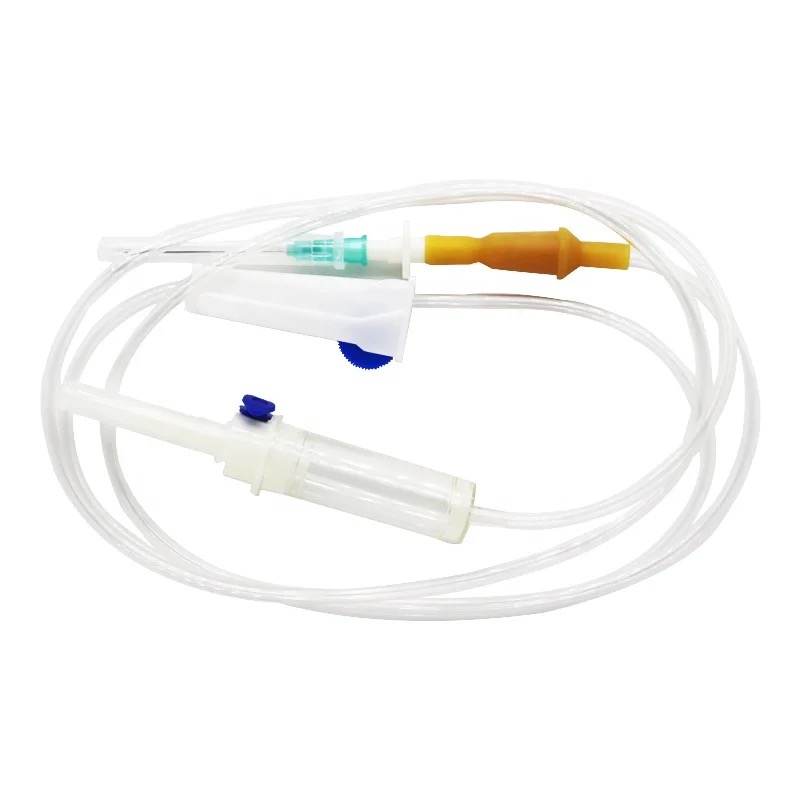What is a medical tube?
2024-04-24
Medical tubes, the unsung heroes of countless medical procedures and applications, play a critical role in ensuring patient health and well-being. These aren't just any tubes; they're meticulously designed and manufactured to meet stringent medical industry requirements and standards.
A Network of Functions:
Imagine a complex network within the human body. Medical tubes serve as the vital pathways for various fluids and gasses, facilitating a vast array of medical interventions. Here's a closer look at their diverse functionalities:
Fluid Management and Drainage: Medical tubes are central to drainage procedures. They allow for the removal of excess fluids, blood, or other substances from the body cavity, wounds, or specific organs. Common examples include chest tubes, urinary catheters, and drainage tubes used post-surgery.
Anesthesiology and Respiratory Support: During surgery or critical care situations, medical tubes form the backbone of anesthesia delivery and respiratory support. Anesthesia machines rely on intricate networks of tubes to deliver precisely measured concentrations of anesthetic agents. Similarly, ventilators utilize medical tubes to transport oxygen-rich gas to patients who require respiratory support.
Intravenous (IV) Therapy: A cornerstone of modern medicine, IV therapy wouldn't be possible without medical tubes. They serve as the conduit for delivering vital fluids, medications, electrolytes, and even blood products directly into the bloodstream.
Catheterization Procedures: Catheters are essential tools for accessing various bodily cavities or vessels for diagnostic or therapeutic purposes. Medical tubes form the core of these catheters, allowing for the insertion, drainage, and delivery of fluids or medications.
Peristaltic Pumps: These pumps utilize medical tubes to precisely control the flow of fluids within medical devices or laboratory equipment. They are crucial in applications like dialysis, blood processing, and drug delivery systems.
Biopharmaceutical Laboratory Equipment: Within the realm of biopharmaceutical research and production, medical tubes play a vital role in transferring fluids, gases, and cell cultures within laboratory equipment.
Beyond Functionality - Material Matters:
The success of medical procedures hinges on the quality and biocompatibility of the tubes used. Medical tubes are typically constructed from a variety of materials, each chosen for its specific properties:
Silicone: A popular choice due to its flexibility, biocompatibility, and resistance to high temperatures.
Polyvinyl Chloride (PVC): Provides a cost-effective option for specific applications, but its use is sometimes restricted due to environmental concerns.
Polyurethane (PU): Offers exceptional strength, kink resistance, and biocompatibility, making it ideal for demanding applications.
Polyethylene (PE): Known for its chemical resistance and flexibility, PE tubes find use in various applications.
Thermoplastic Elastomers (TPE): These elastomeric materials combine the flexibility of rubber with the processing advantages of plastics, making them suitable for specific tube needs.
The Right Fit for Every Need:
Medical tubes come in a vast array of sizes, shapes, and configurations to cater to the diverse needs of medical procedures. From narrow, flexible tubes for catheters to larger diameter tubes for fluid drainage, there's a medical tube specifically designed for optimal performance in each application.

 English
English Español
Español Português
Português русский
русский Français
Français 日本語
日本語 Deutsch
Deutsch tiếng Việt
tiếng Việt Italiano
Italiano Nederlands
Nederlands ภาษาไทย
ภาษาไทย Polski
Polski 한국어
한국어 Svenska
Svenska magyar
magyar Malay
Malay বাংলা ভাষার
বাংলা ভাষার Dansk
Dansk Suomi
Suomi हिन्दी
हिन्दी




